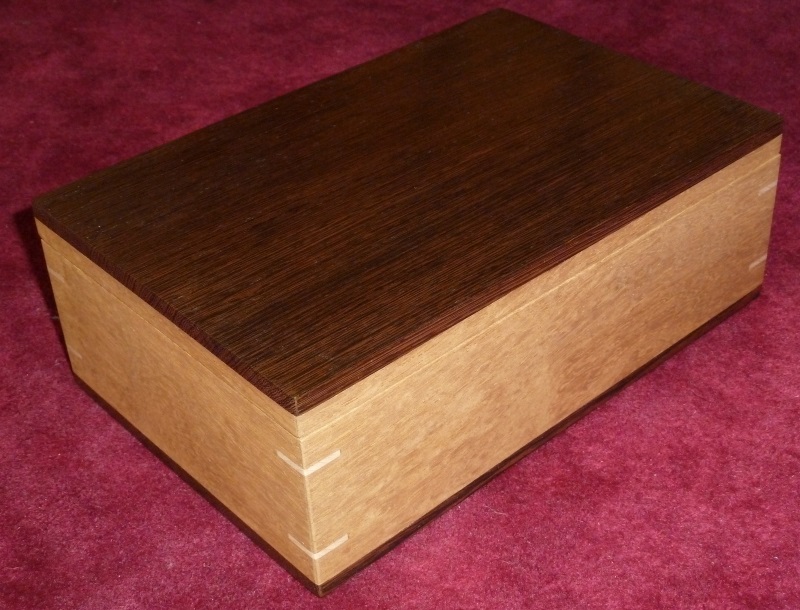I have been trying to work a sycamore board off and on the last couple of months, in order to get some much-needed practice sharpening plane irons etc.
At the same time I had my P/T knives professionally re-ground, and (finally) having spent an awfully long time setting them as near perfectly as possible, thought this may be the answer to my problems with tear-out etc.
So I have achieved what is on the face of it a decent enough finish on the board, but on close inspection we have this:



Does anyone have any secrets to share in trying to prevent this tear-out in figured wood? Alternative plane iron bevel angles etc?
Or should I just make the best with a cabinet scraper and use clear epoxy to "drop fill" the holes during the finishing process? This board is destined to be two sides of a fancy box which will be my first attempt at dovetail joints also!
Any thoughts much appreciated,
Cheers
Andrew
At the same time I had my P/T knives professionally re-ground, and (finally) having spent an awfully long time setting them as near perfectly as possible, thought this may be the answer to my problems with tear-out etc.
So I have achieved what is on the face of it a decent enough finish on the board, but on close inspection we have this:



Does anyone have any secrets to share in trying to prevent this tear-out in figured wood? Alternative plane iron bevel angles etc?
Or should I just make the best with a cabinet scraper and use clear epoxy to "drop fill" the holes during the finishing process? This board is destined to be two sides of a fancy box which will be my first attempt at dovetail joints also!
Any thoughts much appreciated,
Cheers
Andrew










